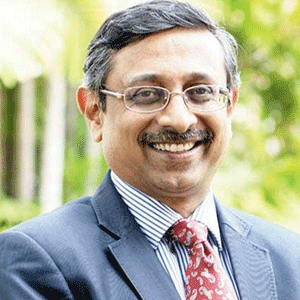THANK YOU FOR SUBSCRIBING
Editor's Pick (1 - 4 of 8)

Top Programmatic Trends to Watch out for this Year
Chandra Kuncara, Country Manager, Southeast Asia, RTB House


Chandra Kuncara, Country Manager, Southeast Asia, RTB House
Another solution involves identifying the same impression on different exchanges. This method is based on a shared user identification tag between supply platforms, so that each user is always described in the same way, making it possible to know what – and to who – is an ad displayed to.
Such algorithms can spot duplicated bids, and immediately adjust bidding strategy. Together with the increase in user session depth, the response rate decreases. This unified system guarantees that instead of displaying several ads, each user is served with fewer, but personalized ads, tailored directly to their needs.
A hybrid strategy
One downside for buyers in the programmatic model is that they must deal with higher prices in increasingly popular first-price auctions. They are familiar with bidding high in order to win the auction, though they are obliged with first-price auctions to pay what was offered.
Bid Shading finds a compromise to resolve this issue and find a balance between second-price and first-price models. With Bid Shading, buyers pay a price between the first and second bid, based on an estimation done by ad tech partner.
The evaluation takes historical bids, similar ad placements on the certain websites, and prices that lost the auction into account to assess how high the winning bid should be. On this front, technology in the form of algorithms and deep learning can recognize if the auction is first or second-price type and optimize the bidding strategy accordingly.
Establishing transparency
One of the key solutions developed in 2018 was ads.txt, where publishers could declare specific companies authorized to sell their digital inventory. A possible continuation and addendum to that is an initiative from IAB Tech called “ads.cert”.
The ads.cert mechanism uses digital signatures on a publishers site that attempts to verify legitimate or fraudulent activity. Some fraudsters imitate more valuable impressions like domain, IP address, device or position on page and wrongfully change values. The aim of ads.cert is to detect and block such manipulation.
The process checks information that is passed between the buyer and seller, preventing bot manipulation and allowing buyers to verify the website's inventory. This results in more transparency and lower ad fraud activities. To maintain a strong position in the industry, companies should align with the newest standards of anti-fraud ad efforts.
The road ahead
Programmatic will continue to see growth because the industry is still rapidly changing. There are still many ideas and technologies in development beyond our existing environment. One such area is programmatic TV, still in its infancy.
This year, marketers should focus on technology partners that provide them advertising with safety, transparency and cost optimizations in order to make programmatic even more efficient. These initiatives are not only important for brands to gain direct returns, but to build more trust in digital marketing across their consumers.












